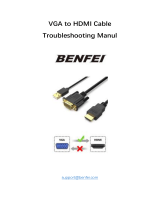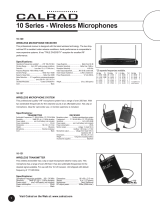
3
Table of Contents
Copyright ......................................................................................................................................2
Disclaimer .....................................................................................................................................2
Display installation guide ...........................................................................................................5
Precautions .................................................................................................................................................. 5
Notes on moving the display ................................................................................................................... 5
Notes on installing the display................................................................................................................. 7
Notes on using the remote control....................................................................................................... 8
Cable extension guide .............................................................................................................................10
Video wall installation guide ...................................................................................................21
Precautions ................................................................................................................................................ 21
Notes on moving the display ................................................................................................................. 21
Installing ...................................................................................................................................................... 21
Installing edge finishing kit: PL460/PH460/PH550/PL550 ................................................................25
Making a daisy chain .................................................................................................................................27
Different types of daisy chain ................................................................................................................ 29
Operating Instructions of Edge Alignment Kit / Pin: PL490/PL552/PL553 ..................................40
Tiling: PL490/PL552/PL553 .....................................................................................................................44
Special signage installation guide ............................................................................................46
D series Full HD 55-inch dual-side display......................................................................................... 46
Mounting installation ................................................................................................................49
Ceiling Mount............................................................................................................................................ 49
Notice ......................................................................................................................................................... 52
U-Mount .....................................................................................................................................................54
H-mount .....................................................................................................................................................58
Digital Signage Bar-Type Series ..............................................................................................59
Installation notice ..................................................................................................................................... 59
Adjusting the OSD setting...................................................................................................................... 59
Troubleshooting ........................................................................................................................60
Connections............................................................................................................................................... 60
Picture / video ...........................................................................................................................................63
Audio........................................................................................................................................................... 66
Remote control......................................................................................................................................... 66
Touch function (selected models only) ...............................................................................................67
OSD menu / control panel / power button .......................................................................................69
LED indicators........................................................................................................................................... 70
Power.......................................................................................................................................................... 70
System: PL460, PH460, PL550, PH550 ................................................................................................71
Troubleshooting: PL490, PL552, PL553 ..............................................................................................72
Wall mounting / video wall ....................................................................................................................74





















